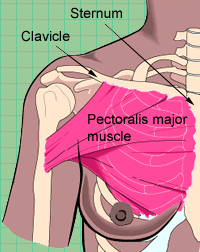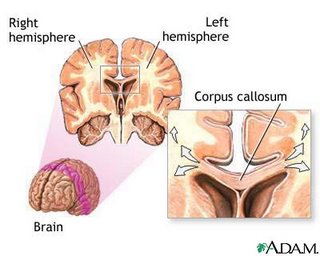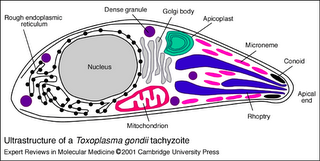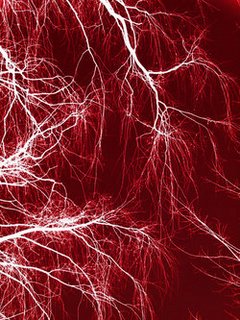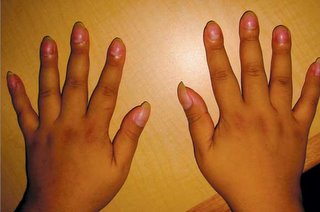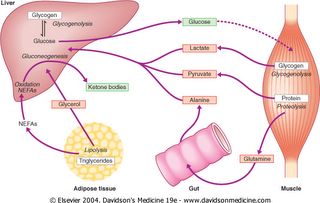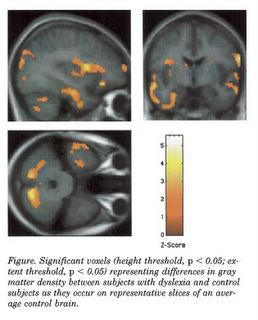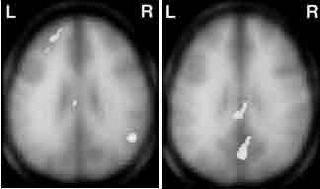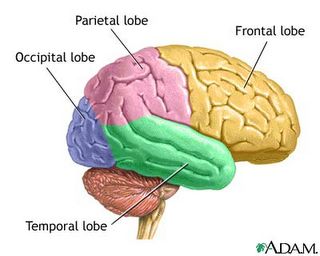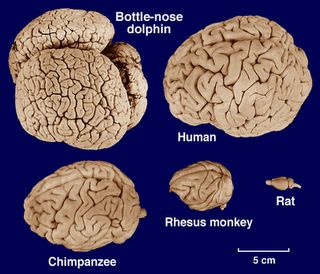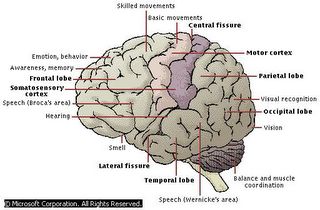It has to be Kink who asks about Aphrodisiacs. Nothing wrong with that, just a little amusing.
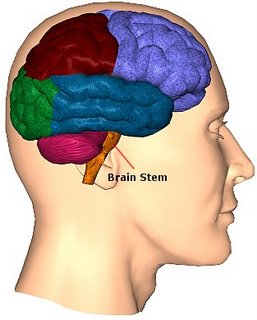
Before I introduce you to the accomplice of Aphrodisiacs, let me introduce you to a fascinating component of the human brain, called the brain stem. I will not go into details of what the brain stem actually is; or not in this entry at least. At the core of the brain stem, between the myelencephalon and the metencephalon (known unofficially as the medulla oblongata and midbrain respectively), lies the
reticular activating system, which is the centre for arousal in animals. So, aphrodisiacs must be able to stimulate the system. How does it do so?
Dopamine.As said in Biology, Concepts and Connections, Dopamine is a Neurotransmitter. What it does not say is that Dopamine, more often than not, is responsible for the after effects of aphrodisiacs. What happens when aphrodisiacs are consumed is that there is an increase of secretion / release of Dopamine from the Schwann knobs. This causes an increase in activity in that particular part of the brain, in this case the reticular activating system. This also stimulates the hypothalamus which in turn causes the "pleasure feeling" to be turned on in the hypothalamus. (As to how this happens, you can leave a question asking me to explain it to you).
Also, Dopamine is also a pre-cursor to to epinephrine (adrenaline). An increase in the secretion of Dopamine would lead to more adrenaline produced and thus, tachycardia, hypertension and symptoms associated with excitement gets manifested.
To sum everything up, Aphrodisiacs --> Increase in Dopamine production --> Stimulation of the Hypothalamus (Pleasure centre), Reticular activating system / Increase in adrenaline production.
Aren't we getting all excited?
John, will answer your really interesting question soon.
Wang, wanna contribute to the sports medicine section if I start one?
Pohboi, will do something on caffeine for my next post.
 Following a straining jog or run, we tend to rest with our arms akimbo (hands on hips, with elbows facing outwards), as seen in this picture.
Following a straining jog or run, we tend to rest with our arms akimbo (hands on hips, with elbows facing outwards), as seen in this picture.